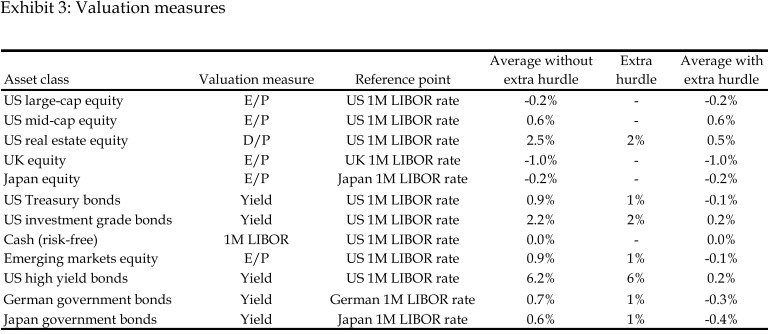
Rob Carver (@investingidiocy) on @TopTradersLive
* Trend following as an inflation hedge
* The Russell 2000 is mainly comprised of companies that are losing money
* Portfolio construction for small investors
* Optimization is often counterproductive
toptradersunplugged.com/146-systematic…
* Trend following as an inflation hedge
* The Russell 2000 is mainly comprised of companies that are losing money
* Portfolio construction for small investors
* Optimization is often counterproductive
toptradersunplugged.com/146-systematic…
From Rob's blog:
"Optimising portfolios for small accounts: Dynamic optimisation testing -> EPIC FAIL"
qoppac.blogspot.com/2021/06/optimi…
"Optimising portfolios for small accounts: Dynamic optimisation testing -> EPIC FAIL"
qoppac.blogspot.com/2021/06/optimi…
"There is no easy way to get around the problem of having insufficient capital to trade loads of markets. Any kind of dynamic optimization, either by simple ranking or a complex formula, isn't very effective & makes a straightforward system ugly indeed."
qoppac.blogspot.com/2021/07/talkin…
qoppac.blogspot.com/2021/07/talkin…
• • •
Missing some Tweet in this thread? You can try to
force a refresh


















